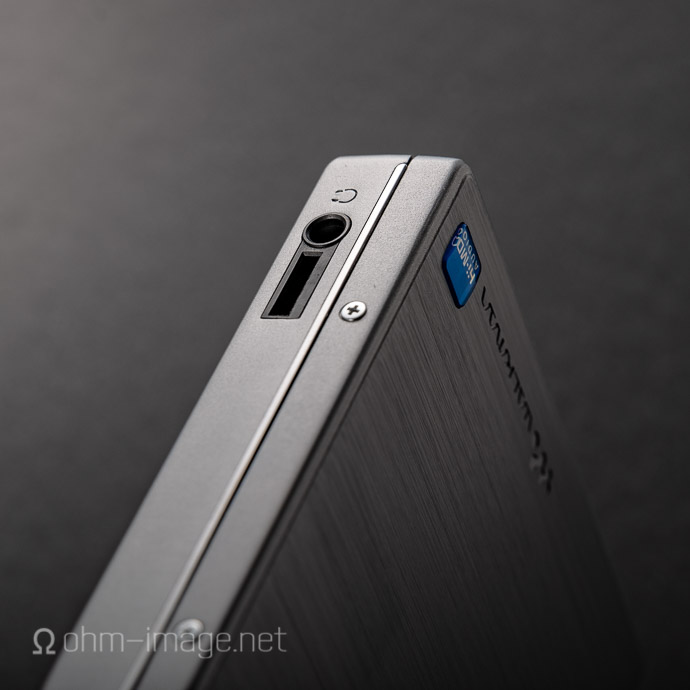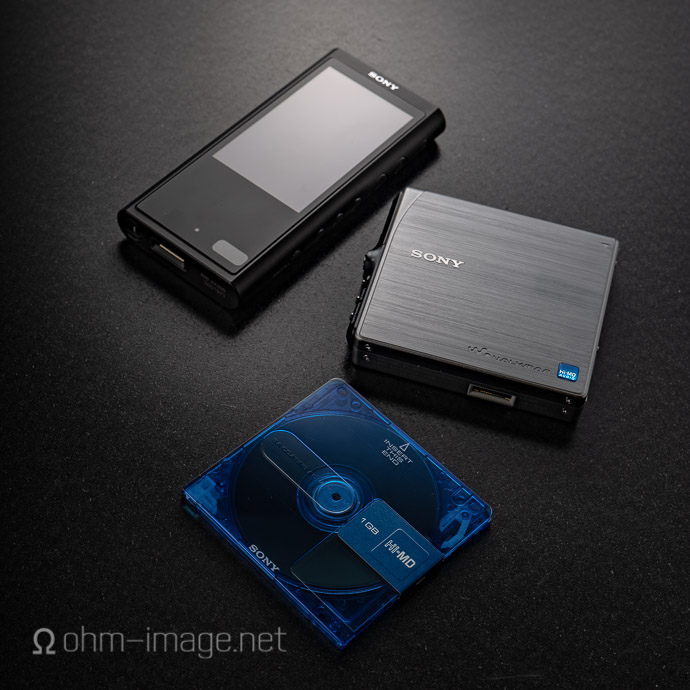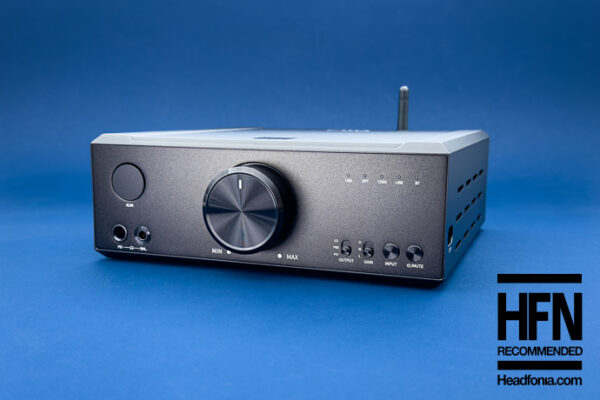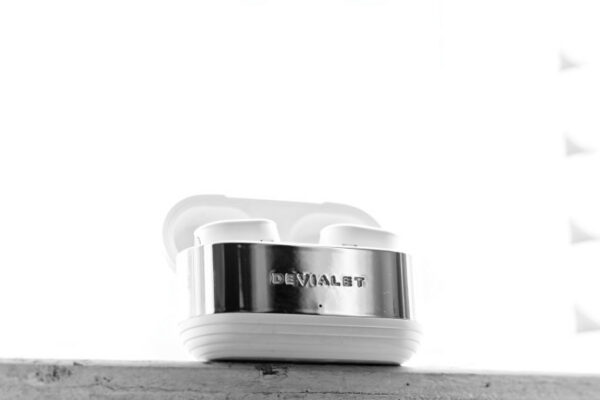Disclaimer: This is a Picture Sunday post, representing a very first impression of a particular gear. Check out our recent Picture Sunday articles HERE. Both of the Sony units pictured here were purchased by Nathan.
Longtime Sony fan and owner here. Long time Sony critic and sometimes detractor here. Longtime hiss king here. Longtime critic of hardware interfaces here. Longtime fondler of buttons and knobs here. Longtime critic of faulty outputs here. Longtime critic of false marketing here. The two best examples of portable audio evolution I can think of are Sony’s ZX300 Hi-Res DAP, which I reviewed here, and Sony’s last-generation MD downloader, the MZ-NH3D. The latter was Sony’s admission that the market had moved on from optical input and real-time recording, both staples of MD recorders. Of course, it wasn’t Sony’s first MD downloader. But, as their last slimline downloading MD unit, it represented the pinnacle of Minidisk technology.
All a user had to do was install one or two pieces of software to their Mac or PC, plug in a cable, select their music, and either download it to the player, or transcode it on the fly into one of the player’s native playback formats. These were: WAV (PCM), any of Sony’s ATRAC formats, and MP3. The NH3D was fully an MD player, but because its recorder was stuck in download mode, it was ipso facto an honorary MP3 player. Shucks. By the way, it tests well, sounds good, and has a great remote control, robust build, staid design, and nails the MD format in the way only Sony can do.

As Sony’s robust, and compressed alternative to the DAT, MD was unique, and one of Sony’s great portable audio achievements.
Sony hug it a bit too long and protected it a bit too much. By the time they really got into the MP3 market, MD was dead. And they were late to the party. But when they truly got into it, they got into it like no one else can. The ZX300 isn’t just large. It’s solid, won’t cut your wrists like an AK, and is well designed for both one handed and even holster use. Its buttons are large, if arrayed too closely, and its SD card interface is sealed from dust and moisture, like a high-end digital camera. It sounds good, measures well, has loads of great sound customisations. In short, it feels and looks like a Sony, and in my estimation is perfectly the progeny of Sony’s last-generation MD units.
Unfortunately, like many Sony products, inane design wrinkles mar an otherwise beautiful surface. The worst offender is proprietary USB cable, which was a problem for the NH3D, too, though, thanks to a dearth of compact USB options in the day, to a lesser degree. Like the NH3D, its output is tailored for a certain Sony-approved, rather than absolute reference, sound. Those seeking reference quality may not like this. Those seeking an experience likely will.
Despite thirteen years separating them, both units are part of the same family. And this is one thing I really like about Sony. What they tried – or succeeded at doing – in the past sets the stage for the future, and almost always sticks out in the market. Even when slow to make the initial move when Sony move, the world feels it. And in the wake of Sony’s moving on from something, there is pathos.
Stay tuned this week for more Sony worship from Nathan here at Headfonia.








Albert Cheng
when will sony switch to usb-c?
dale thorn
From circa 1990 through sometime in 2002, I purchased many handheld Sony devices, and while only one was sturdy and ultimately reliable (WM-D6C), some of these lasted a few months (small headphones), but most died within a shorter time. The Sony Viao laptop was the final insult that drove me away from Sony. It cost over $2000, it ran Windows 9x, and died within about 3 months. Even though I was in Irvine, the high-tech center of Southern California, Sony required me to mail it to their “service center” in Florida. Two months later they sent it back with Windows 2000 installed, and it failed within two weeks.
I’ll keep this short by saying that I wish everyone knew how poor Sony handheld products performed (when they performed, which wasn’t much) during those years. Other divisions of Sony – those who make remasters of classic music – do an excellent job. But whoever was running Sony handheld products should have been fired and blacklisted from all other employment.
ohm image
In the MD world, no one else made as reliable products. Vaio was horrible. I remember that fiasco, let alone their many buggered marketing attempts.
dale thorn
Such fantastic and futuristic design engineering teams should have had quality control like Apple does today. I’m not a fan of any of Apple’s policies, but their hardware is amazing, and I’ve never had a battery go bad.
ohm image
I don’t disagree with you. Sony made some horrible design/build decisions. Their MD line, however, was not part of that. If Sony made bad MD, no one made a good one. I’ve had bad batteries with Apple stuff and love it.